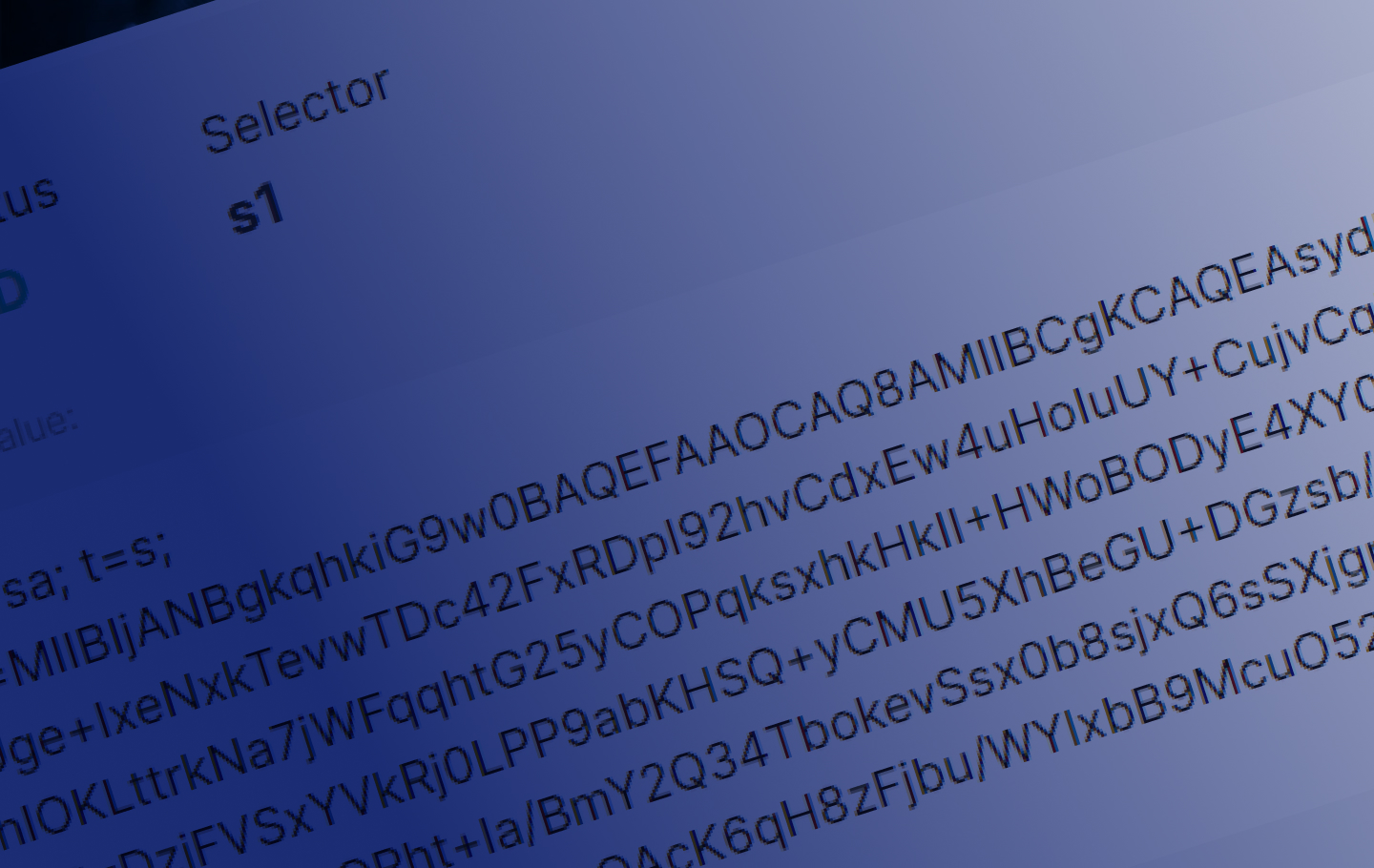In today’s digital landscape, email remains a primary mode of communication for businesses and individuals alike. However, with its widespread use comes the significant risk of email-based attacks, such as phishing and spoofing. To combat these threats, email authentication mechanisms like DMARC (Domain-based Message Authentication, Reporting & Conformance) have become essential. This article explores DMARC, how it works, and why it’s crucial for securing your email communications.
What is DMARC?
DMARC is an email authentication protocol designed to give domain owners control over the emails sent on their behalf. It builds on two existing standards: SPF (Sender Policy Framework) and DKIM (DomainKeys Identified Mail). By aligning SPF and DKIM mechanisms and providing a way for domain owners to publish policies on email handling, DMARC helps prevent unauthorized use of their domain.
How Does DMARC Work?
DMARC works by enabling domain owners to publish policies in their DNS records that instruct receiving mail servers on how to handle emails that fail SPF or DKIM checks. Here’s a step-by-step overview of the DMARC process:
- Email is Sent: An email is sent from a domain protected by DMARC.
- SPF and DKIM Checks: The receiving mail server performs SPF and DKIM checks on the email.
- DMARC Alignment Check: DMARC checks if the “From” domain aligns with the domains used in the SPF and DKIM checks.
- DMARC Policy Evaluation: Based on the published DMARC policy, the receiving server decides how to handle the email (e.g., accept, quarantine, or reject).
- Reporting: The receiving server sends a report back to the domain owner, providing details on the email’s authentication status.
Key Components of a DMARC Record
A DMARC record is a type of DNS TXT record that contains the domain’s DMARC policy. Here’s an example of what a DMARC record might look like:
v=DMARC1; p=reject; rua=mailto:[email protected]; ruf=mailto:[email protected]; sp=none; aspf=r;v=DMARC1: Specifies the DMARC version.p=reject: Indicates the policy for handling emails that fail DMARC checks (options are ‘none’, ‘quarantine’, ‘reject’).rua=mailto:[email protected]: Specifies the address to send aggregate reports.ruf=mailto:[email protected]: Specifies the address to send forensic reports.sp=none: Specifies the policy for subdomains (optional).aspf=r: Sets the alignment mode for SPF (relaxed or strict).
Why is DMARC Important?
- Prevents Email Spoofing: DMARC helps prevent attackers from sending emails that appear to come from your domain, protecting your brand and customers.
- Improves Email Deliverability: Authentic emails are more likely to reach recipients’ inboxes rather than being marked as spam.
- Provides Visibility: DMARC reports give domain owners insight into how their emails are being handled and if any unauthorized emails are being sent.
- Enhances Domain Reputation: Implementing DMARC helps maintain a positive domain reputation, reducing the risk of being blacklisted by email providers.
DMARC Policies Explained
DMARC policies dictate how the receiving server should handle emails that fail authentication checks:
- None: No action is taken; the email is delivered as usual. This policy is typically used for monitoring purposes.
- Quarantine: Emails failing DMARC checks are treated as suspicious and may be placed in the spam or junk folder.
- Reject: Emails failing DMARC checks are outright rejected and not delivered to the recipient.
Implementing DMARC: Best Practices
- Start with Monitoring (p=none): Begin with a ‘none’ policy to collect data without affecting email delivery. Analyze the reports to understand your email flow and detect any issues.
- Gradually Increase Enforcement: Once you’re confident in your SPF and DKIM alignment, gradually move to ‘quarantine’ and eventually to ‘reject’ policies.
- Use Subdomain Policies (sp=): Apply specific policies to subdomains to ensure comprehensive protection.
- Regularly Review Reports: Regularly analyze DMARC reports to stay informed about your domain’s email activity and identify potential threats.
- Combine with SPF and DKIM: Ensure that both SPF and DKIM are correctly configured and aligned with your DMARC policy for maximum effectiveness.
Conclusion
DMARC is a critical component in the fight against email-based threats. By implementing DMARC, organizations can protect their domains from being exploited by malicious actors, improve email deliverability, and gain valuable insights into their email ecosystem. While the setup and monitoring of DMARC require effort and attention, the enhanced security and trust it brings to email communications make it well worth the investment. Embrace DMARC today to safeguard your domain and strengthen your email security posture.




This Post Has 0 Comments